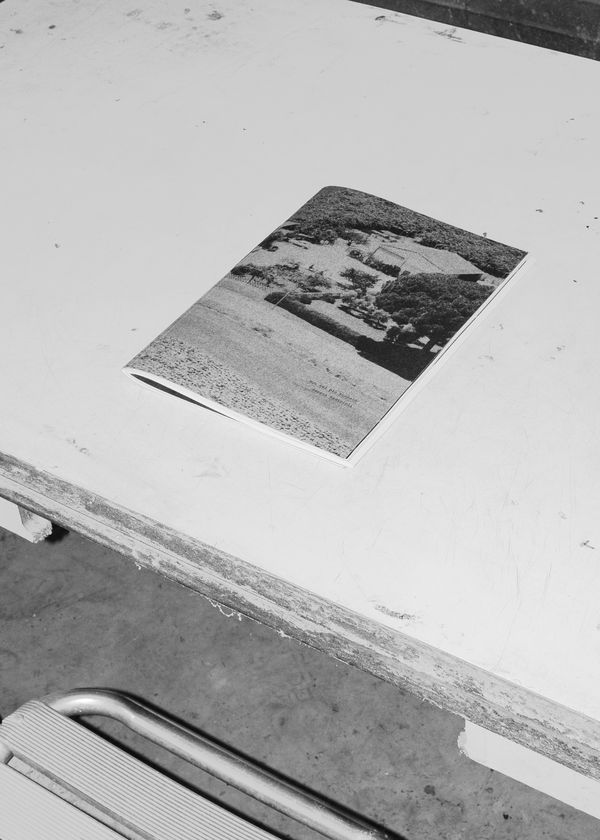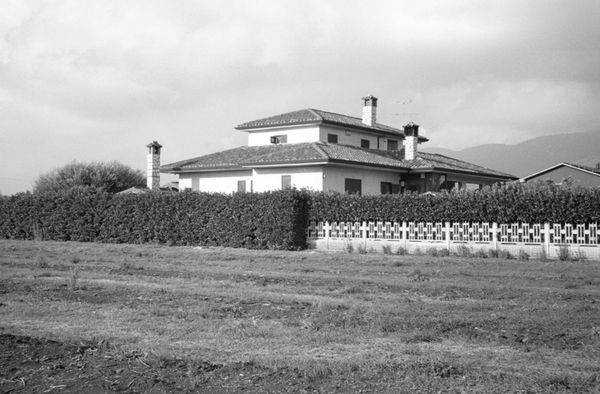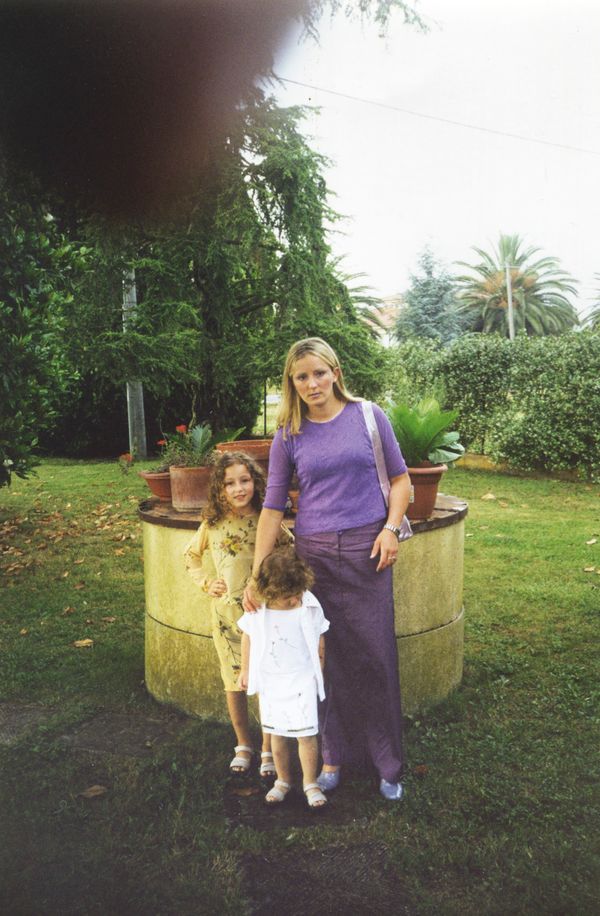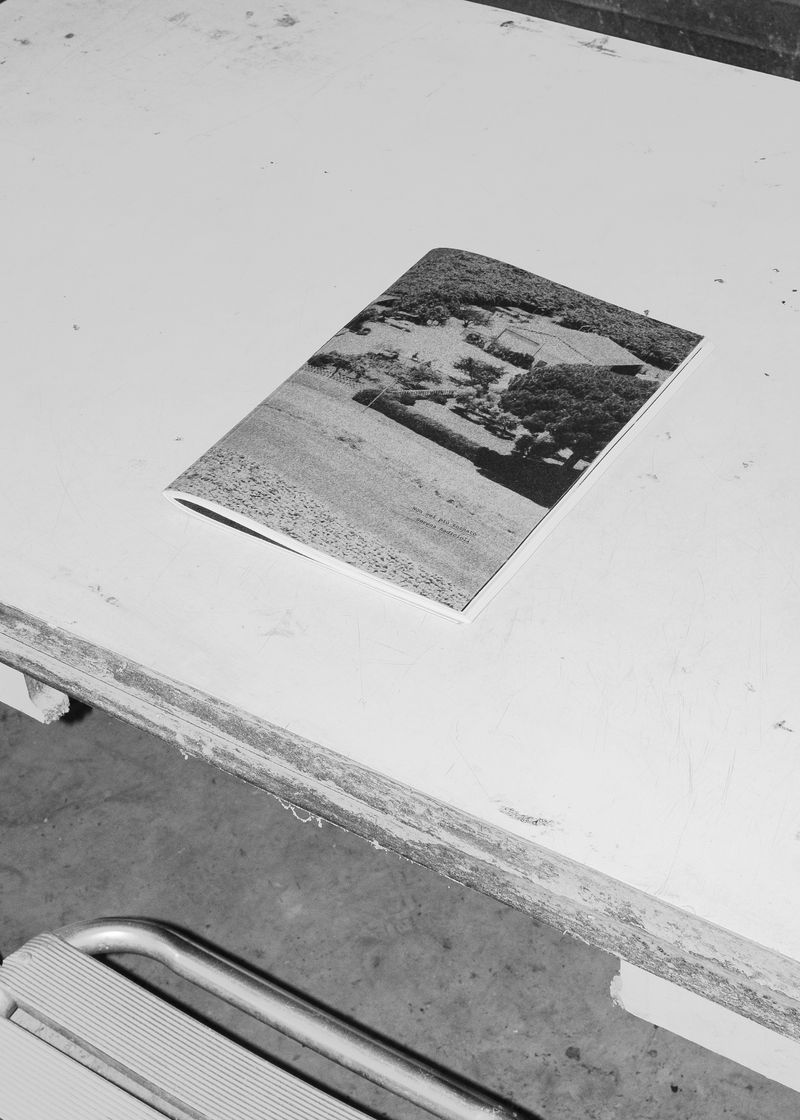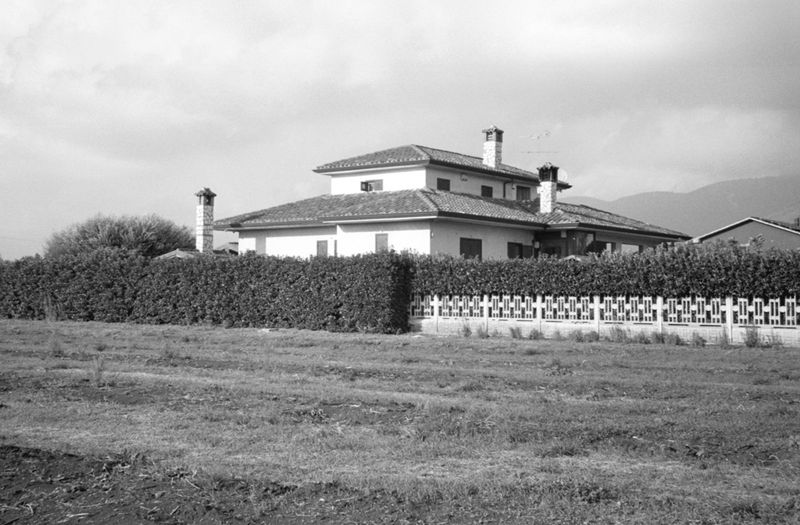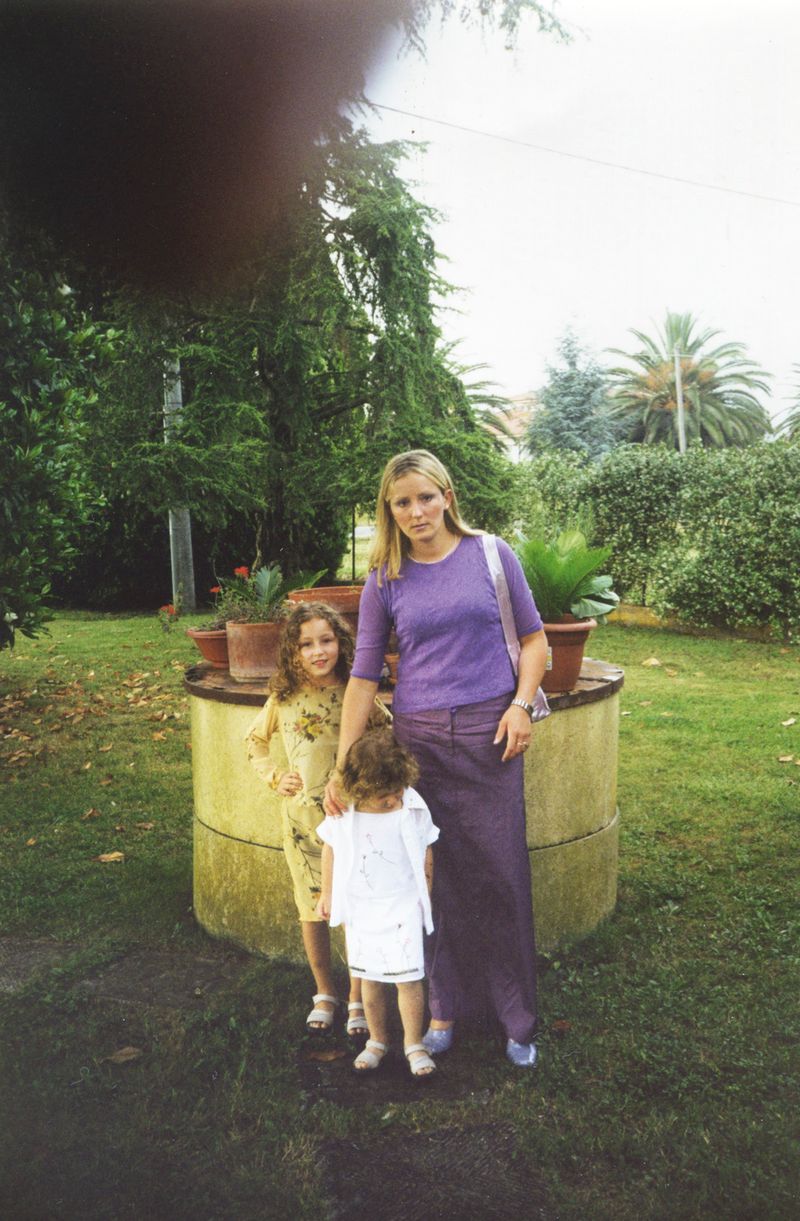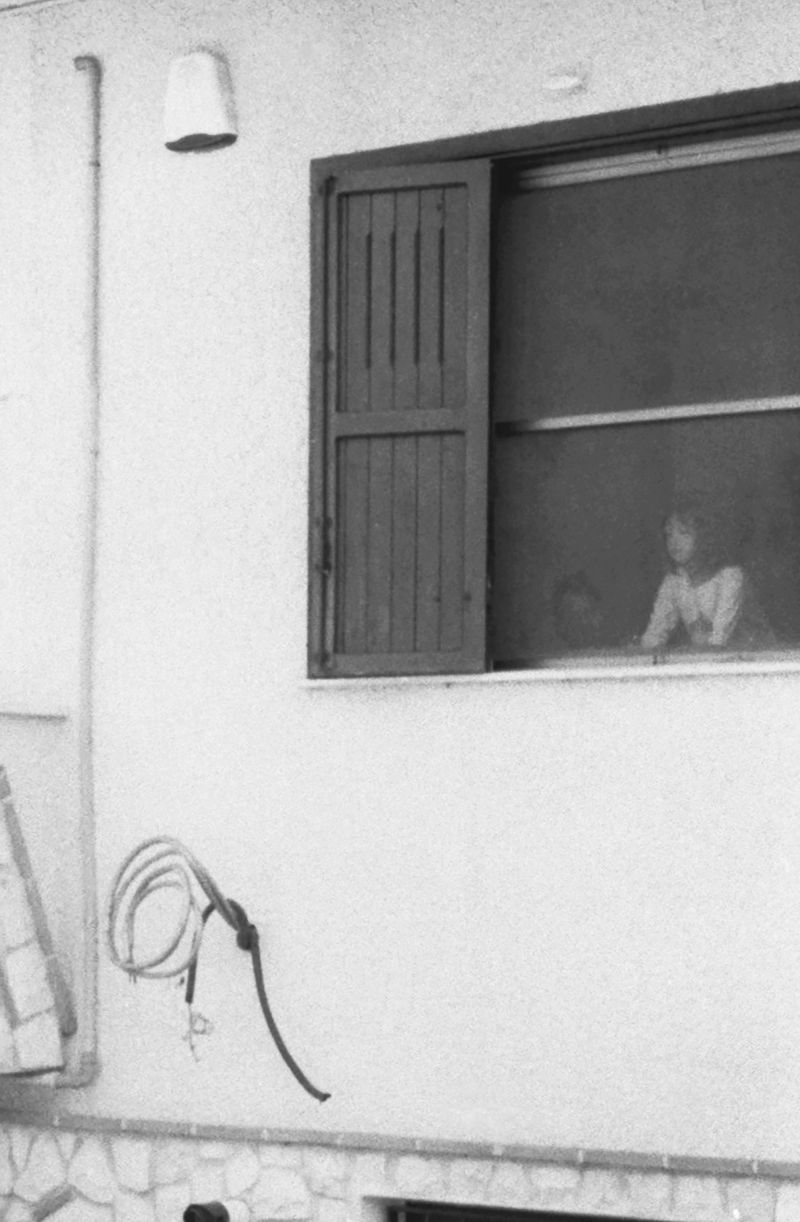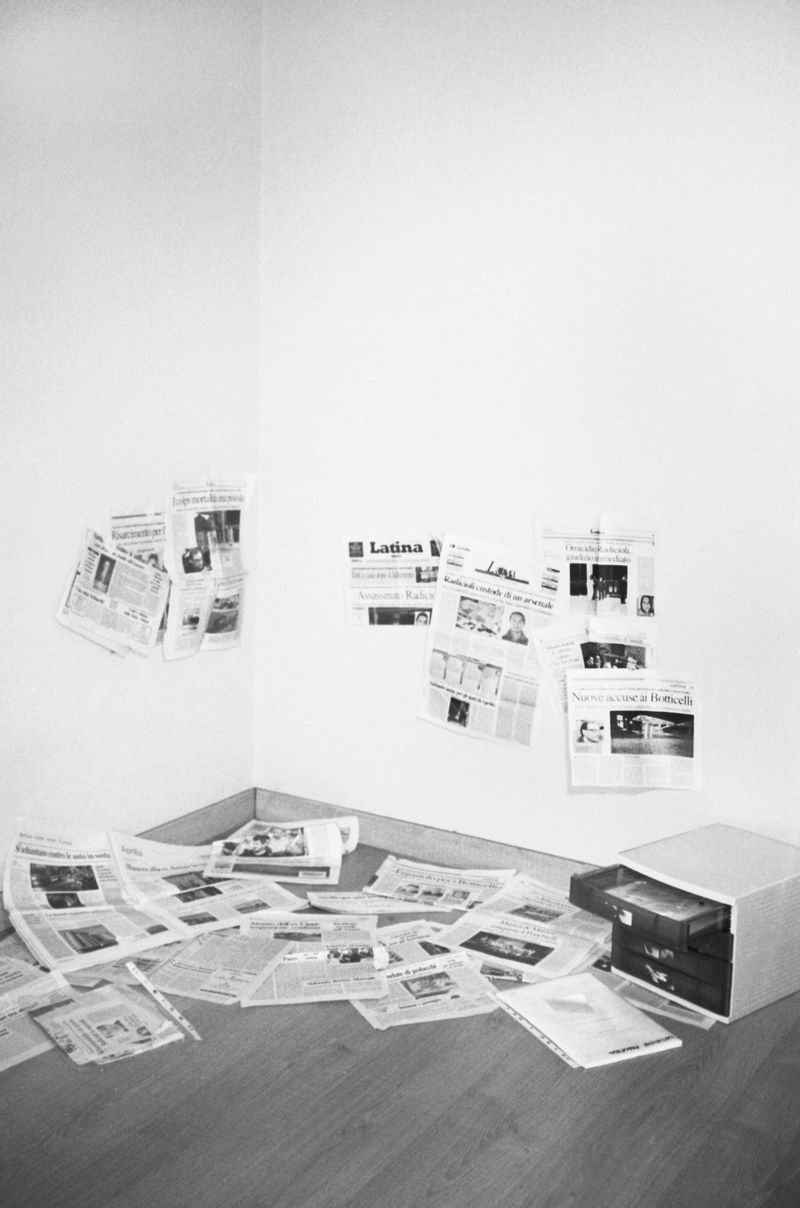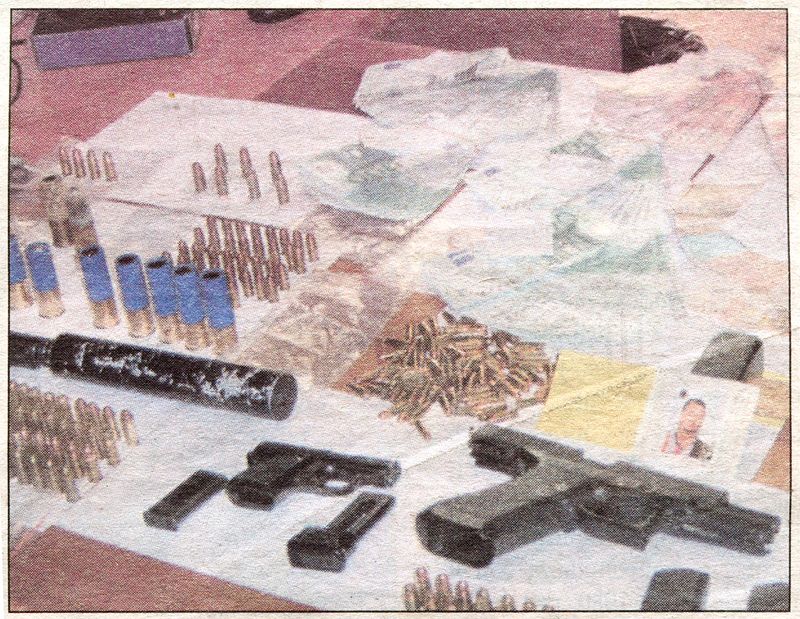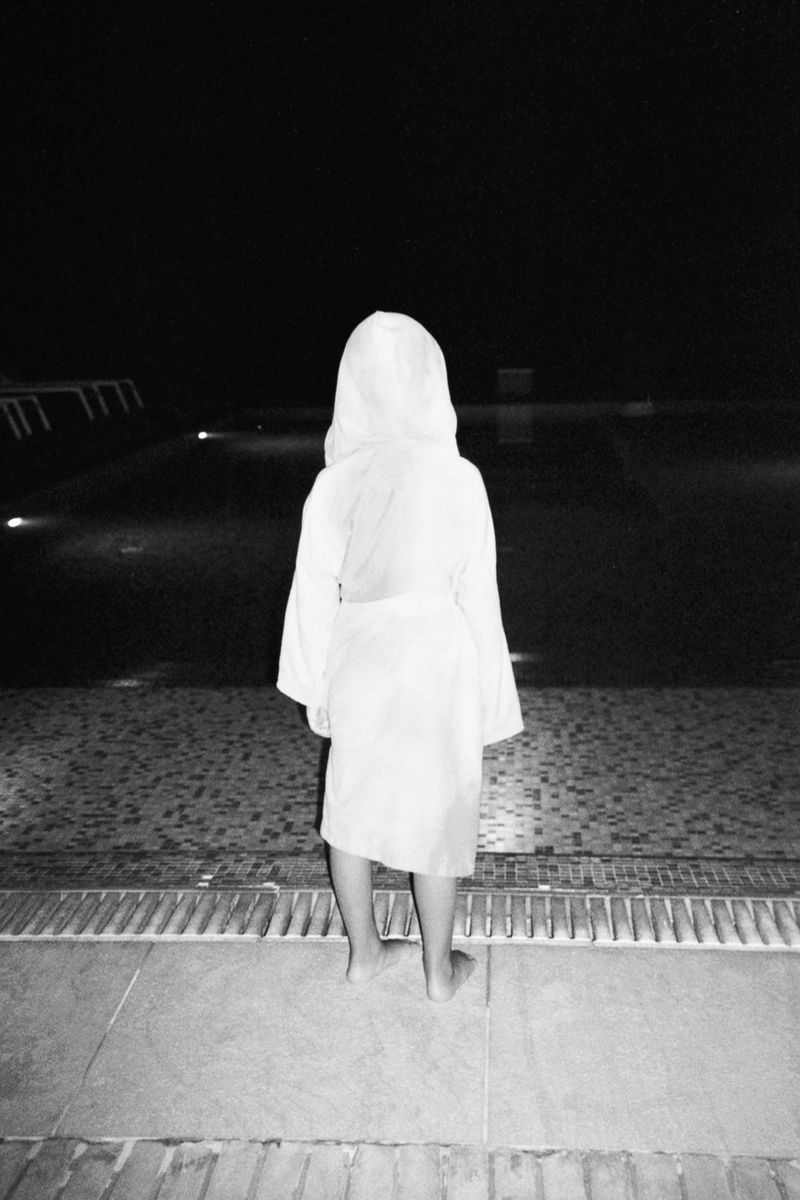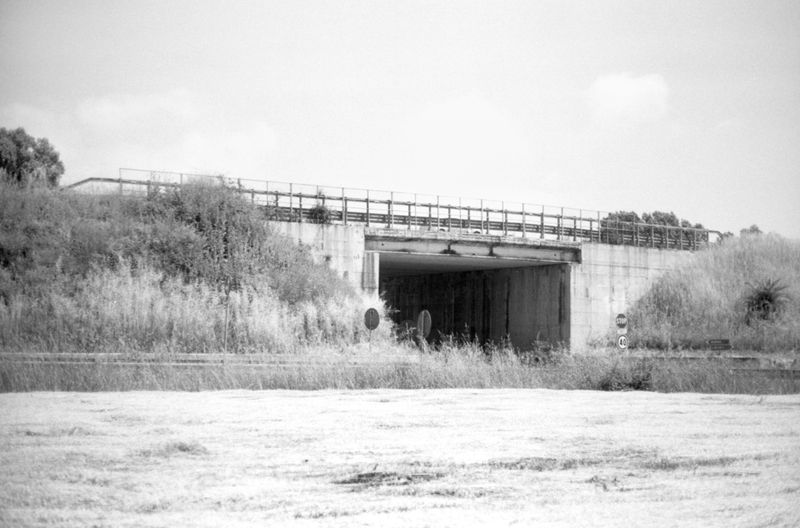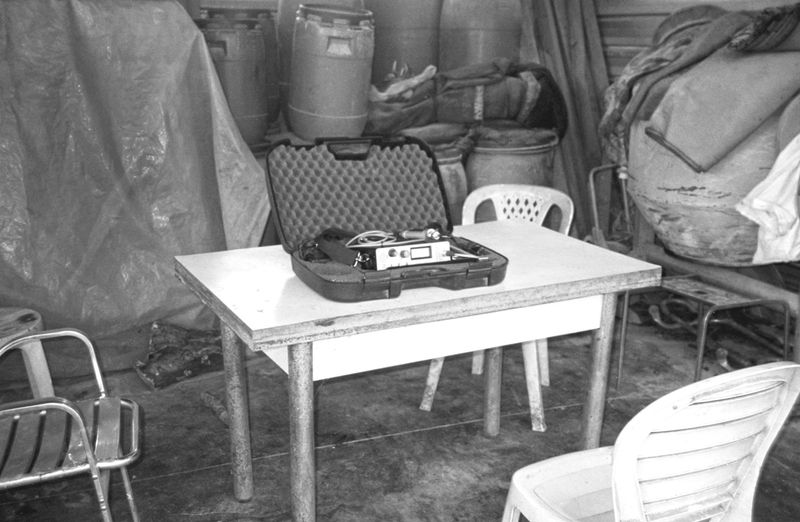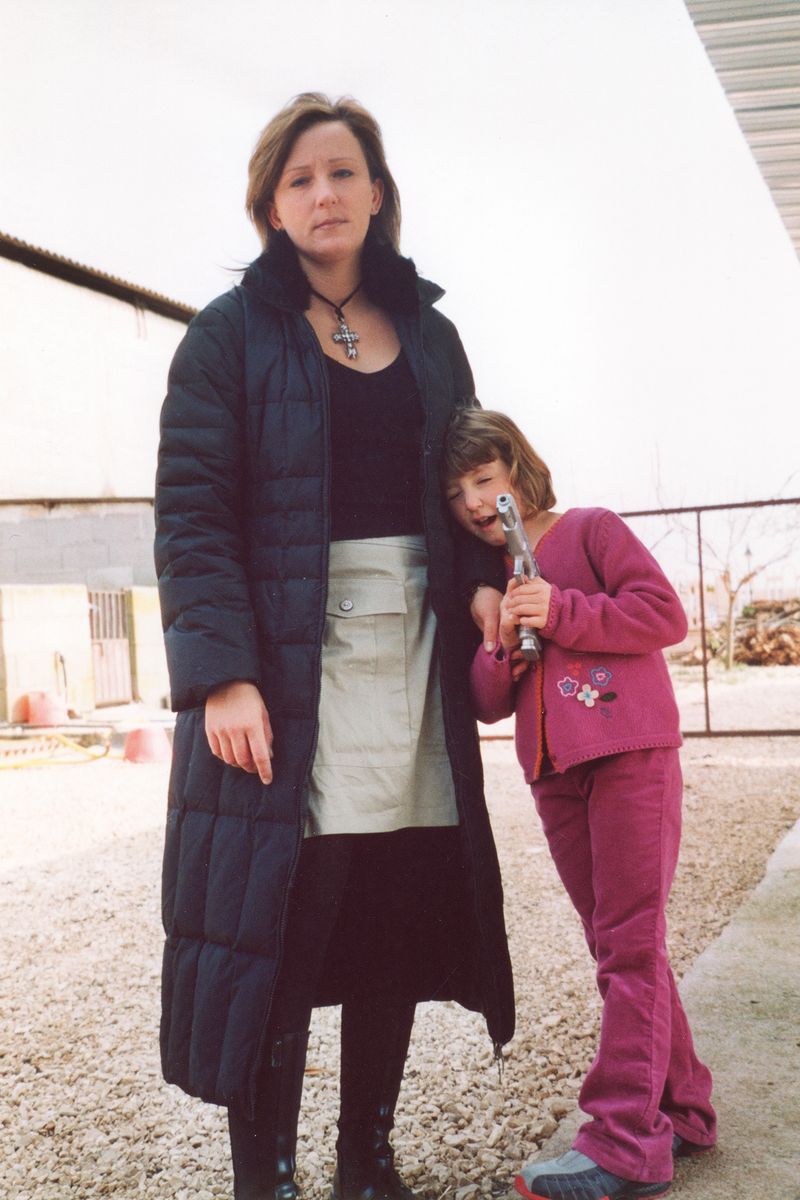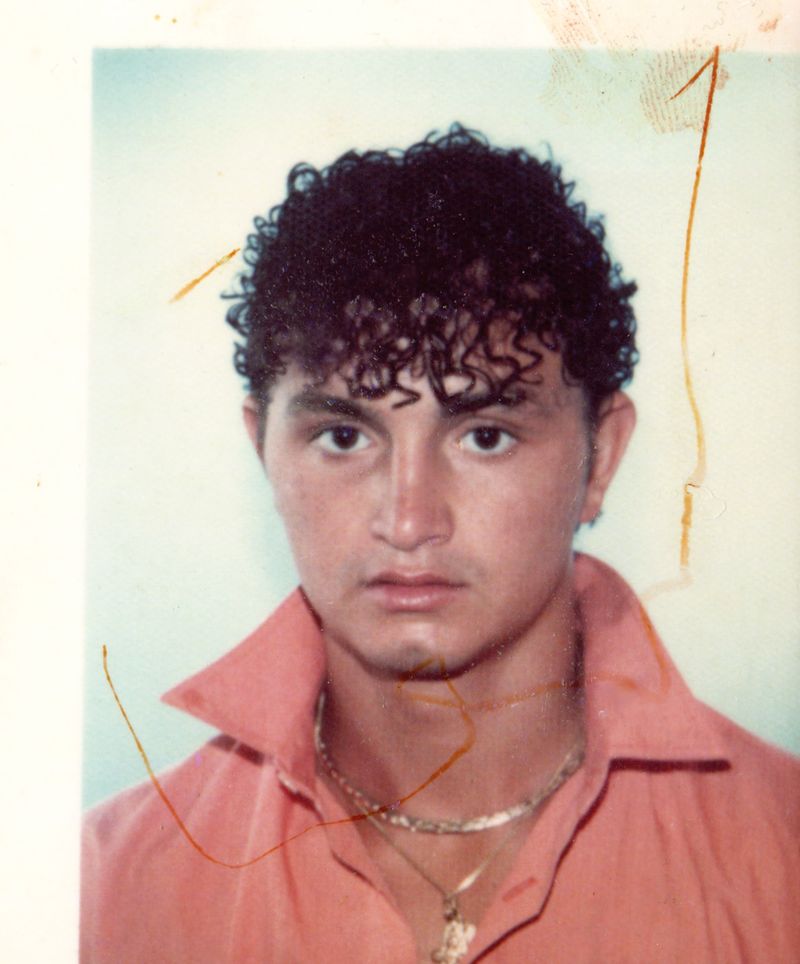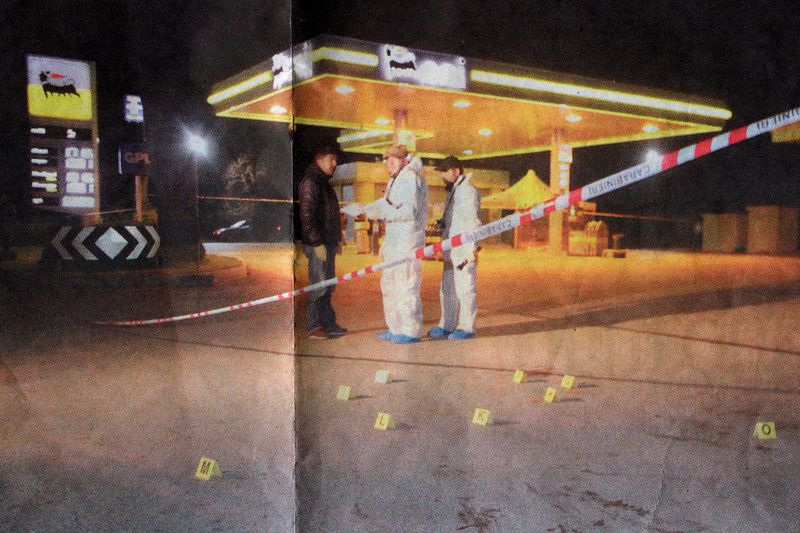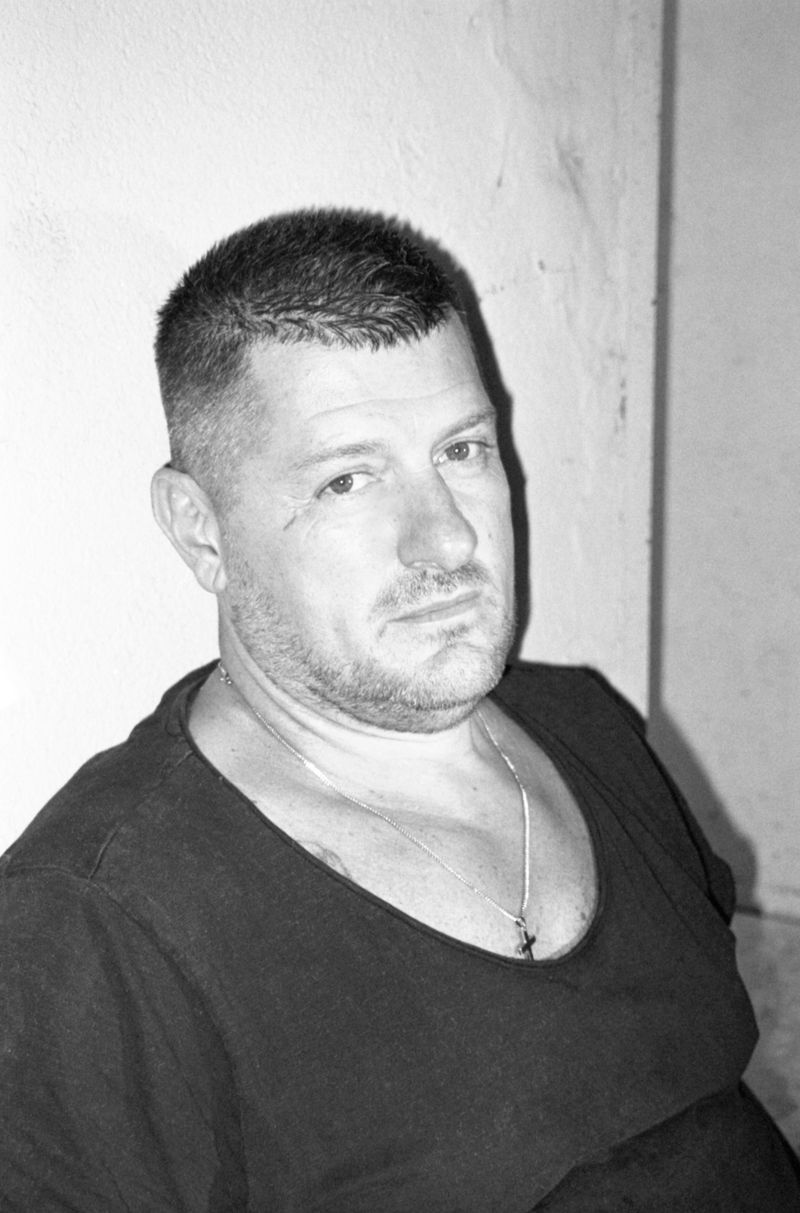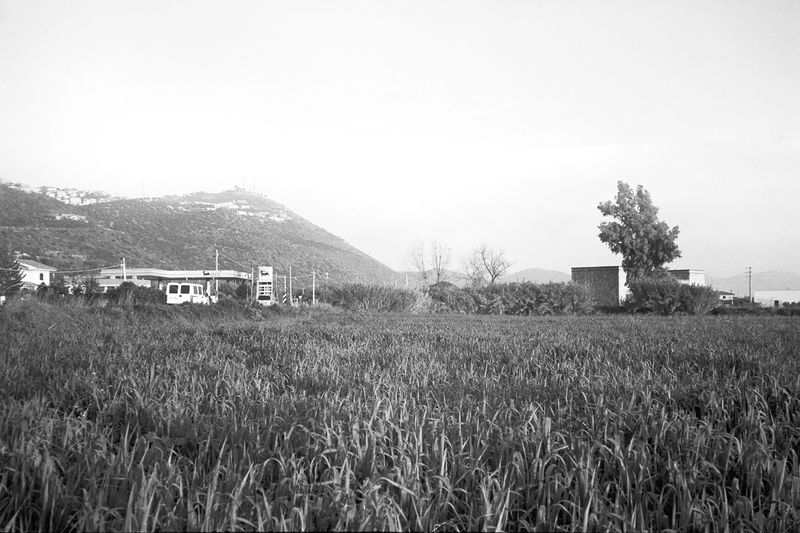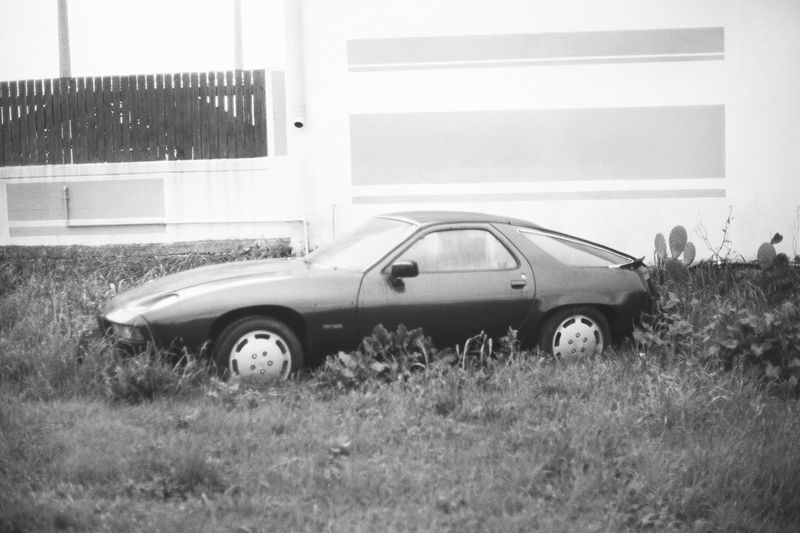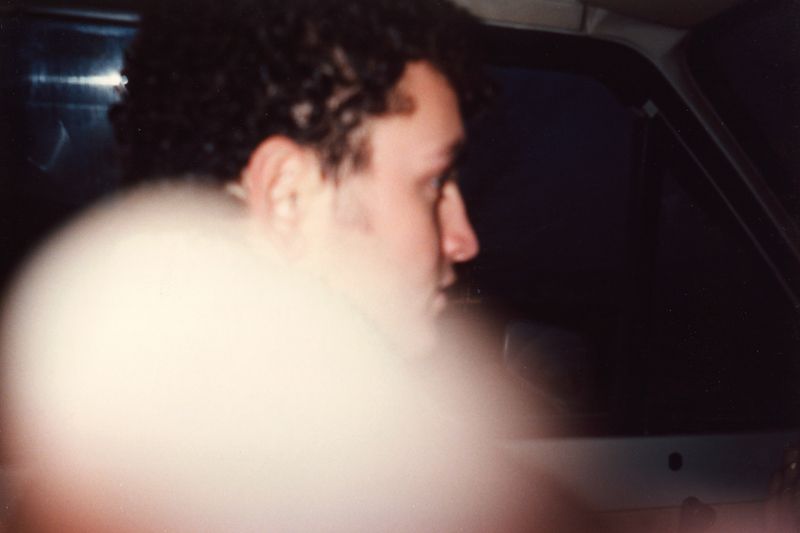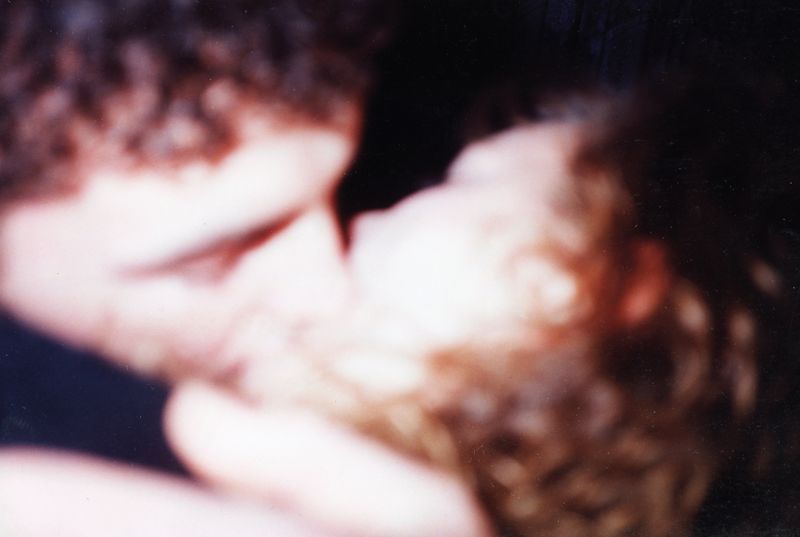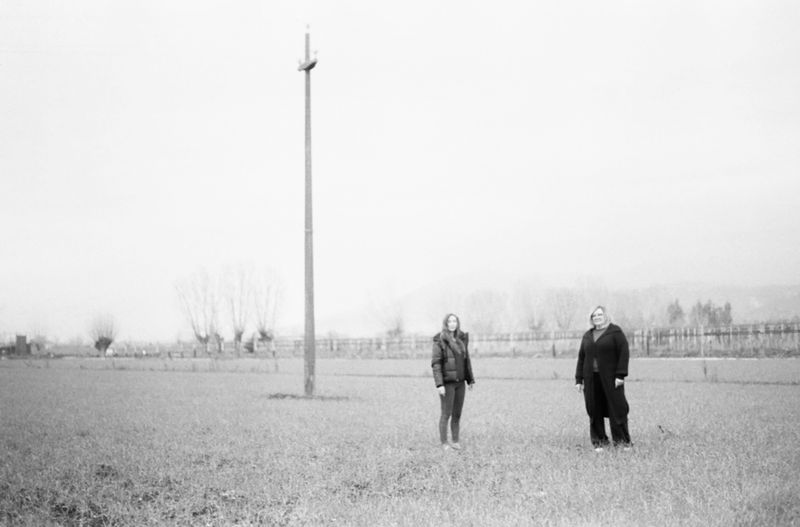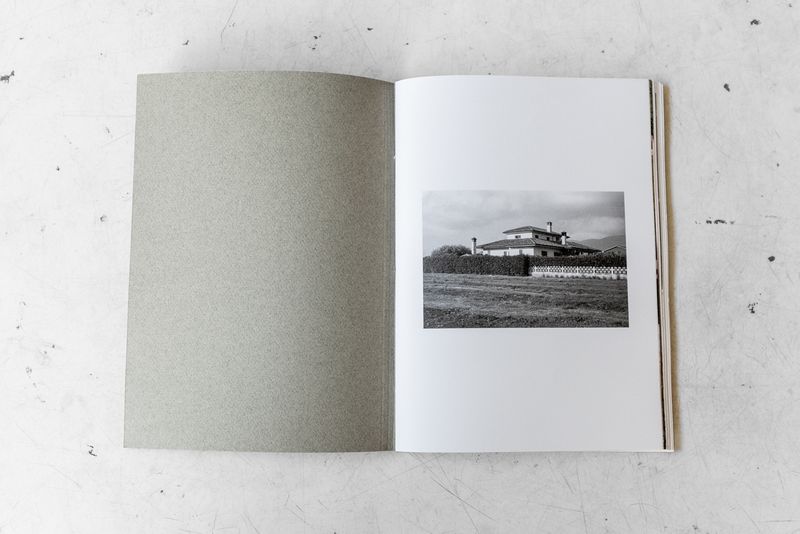Non sei più tornato
-
Dates2024 - Ongoing
-
Author
- Locations Latina, Rome
-
Recognition
In 2012, my father was killed in a clash between criminal groups. Through archival, family, and present-day images, this project explores absence and legacy, turning photography into a dialogue between what has gone and what remains, shaping the invisible
"On the evening of October 29th, two criminal groups met to settle
scores over some debts, which ended badly."
-Latina Press
Two people died that night, one of them was my father. I never knew what his real job was. On the night of the incident, I was waiting for him, but he never came home. I considered it normal not to see him return for a long time, just as I considered it normal to skip school to visit a prison and find him there. My father's death was sudden and my family never talks about what happened. Even at the time it was never talked about. I grew up with many questions about him until 10 years later I started to do research and explore the facts. I searched his records, found files, photos, letters from prison, and reconnected with people who bring back his memory.The project combines images from the public and family archives and pictures of my personal memories taken in the present. It is a collection of memories, events and facts that reveal through the eyes of a little girl the life choices of a father who was killed. The contrast between a deeply evocative spatial exploration and a direct, sometimes imperfect visual language, reminiscent of instant photography, reflects the intent to build a narrative made of memory fragments and scattered information. This structure invites the viewer to take an active role in interpreting and reconstructing meaning. Working on this project taught me that photography cannot restore what is absent, but it can offer a space where absence becomes visible. This work is not just an attempt to reconstruct a story, it is the beginning of a broader investigation into photography as a critical tool for understanding and transformation. It acknowledges the inherent limits of representing the past, particularly when that past is filled with uncertainty and ambiguity. Non sei più tornato speaks of the end of a wait, but also of a broken hope, transformed into an unbridgeable emptiness that asks to be chasing. My father never came home, that is the centre of my project.
